I am reading this article: The Design of Shared Aperture Antennas Consisting of Differently Sized Elements.
I have there two antennas which, I was told, have orthogonal polarization, but when I try to simulate them separately I see both of them having the same fringing fields shape and the same farfield radiation shape. Where did I go wrong?

